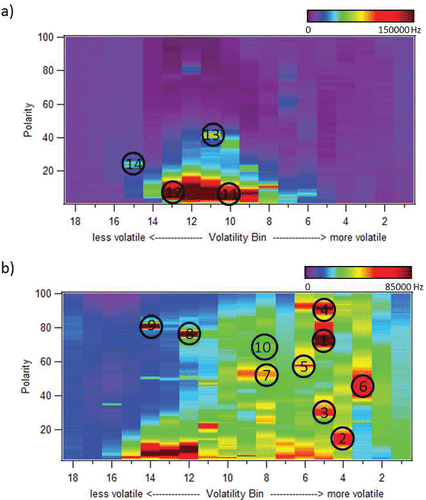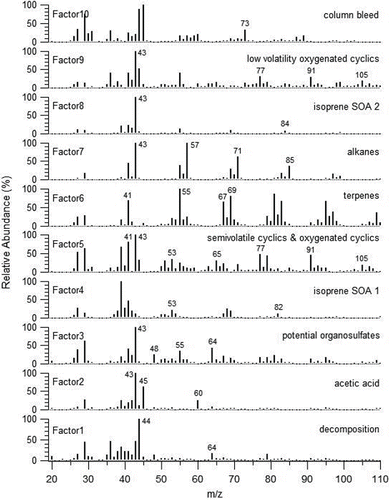Figures & data
Figure 1. (a) Schematic of the VAPS modulator system. The heat exchanger provides a constant 0.5 cfm hot air flow to the modulator. A 2.5 cfm cold air flow is switched on during the trapping phase and off during the heating phase. (b) Chromatogram showing polarity resolution of three compounds of similar volatility and differing polarity. (c) 2D vapogram plot of same sample. Polarity units are shown as number of mass spectra acquired since start of modulator hot pulse, and the volatility axis bins are reversed from acquisition order to present with increasing volatility in moving from left to right.
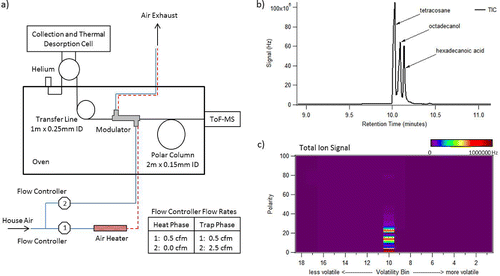
Figure 2. Results from testing transfer line materials. Each chemical class is comprised of 3 compounds covering a range of volatilities (see text for details). The z-axis displays materials tested for overall transfer. In the left bracket is a 30 m low-polar column typically used for traditional GC. The center bracket contains fixed length (35 cm, 0.25 mm ID) sections of transfer-line materials used to deliver sample between the CTD cell, through the modulator, and onto the polar column. Finally, the right bracket contains two polar column materials tested. All signals have been normalized to the response of the 30 m column.
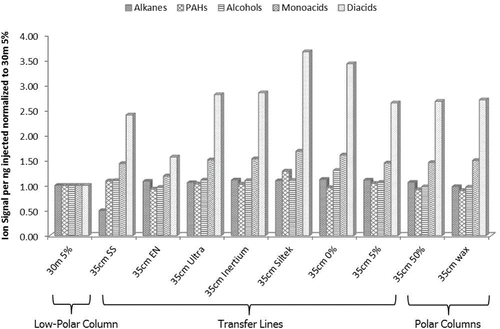
Figure 3. (a) Transfer of an even alkane standard without the modulator. (b) Transfer of an even alkane standard with the modulator (18 bins) showing good separation and over 20 times more signal. Plotted in solid lines are MS signal at m/z 57 and temperature of oven ramp. Temperature of hot air flow and temperature of modulator are plotted in dashed lines.
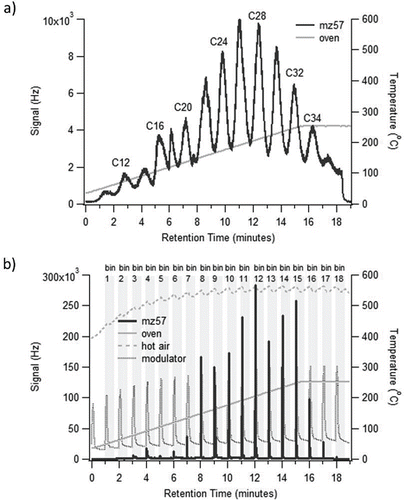
Figure 4. Example 2D vapogram plot of an ambient sample (collected in Brent, AL) with 18 volatility bins on the x-axis and polarity on the y-axis. (a) Total ion signal, (b) m/z 55 ion signal, (c) C4H7+ high-resolution ion signal, and (d) C3H3O+ high-resolution ion signal.
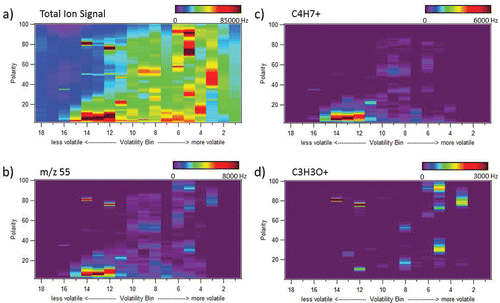
Table 1. Compounds in standard for testing of system performance.
Figure 5. (a) Example vapogram of a sample from an urban site in St. Louis, MO. (b) Example vapogram of a sample from a rural site in Brent, AL. Numbered labels refer to individual resolved species described in Table S3.
